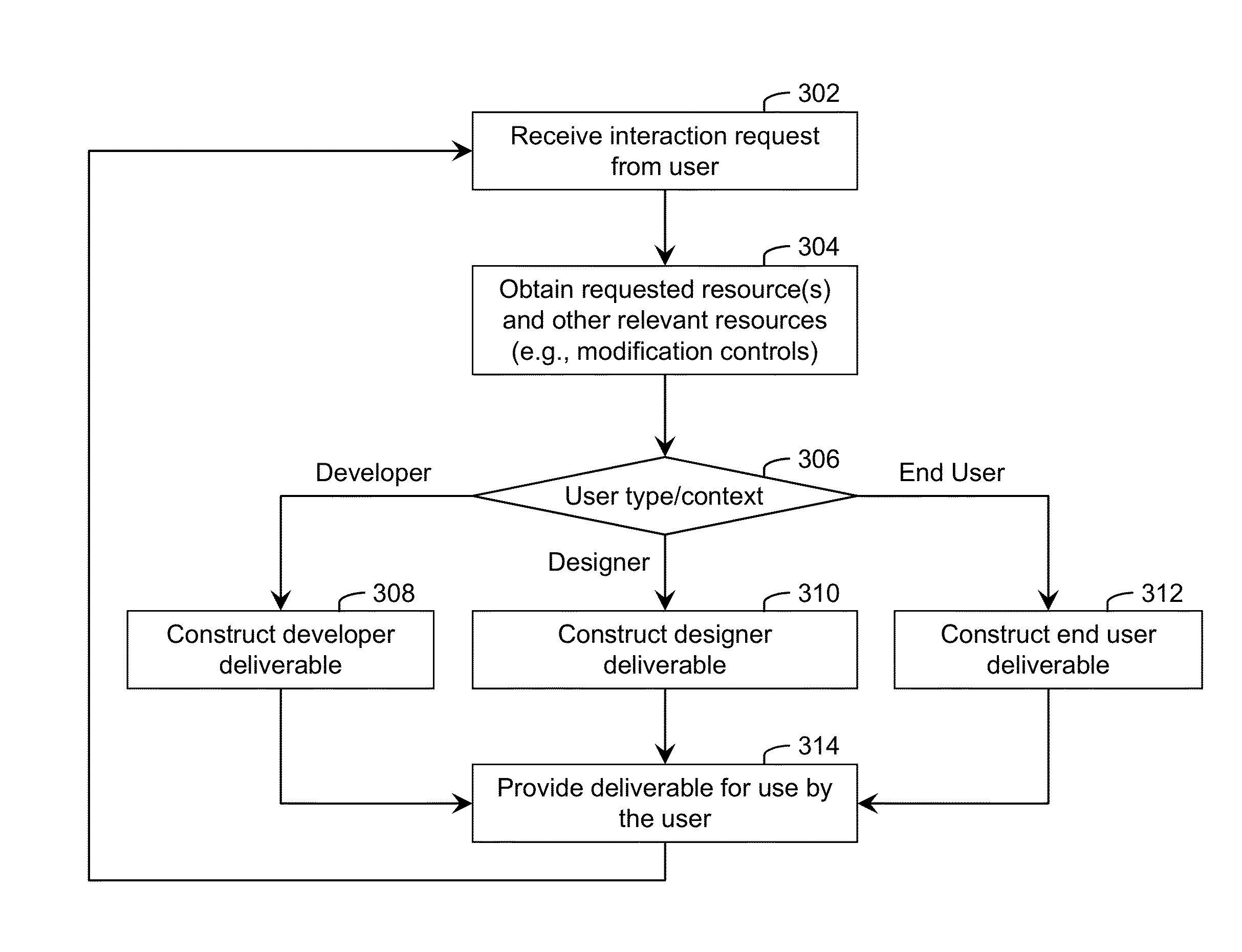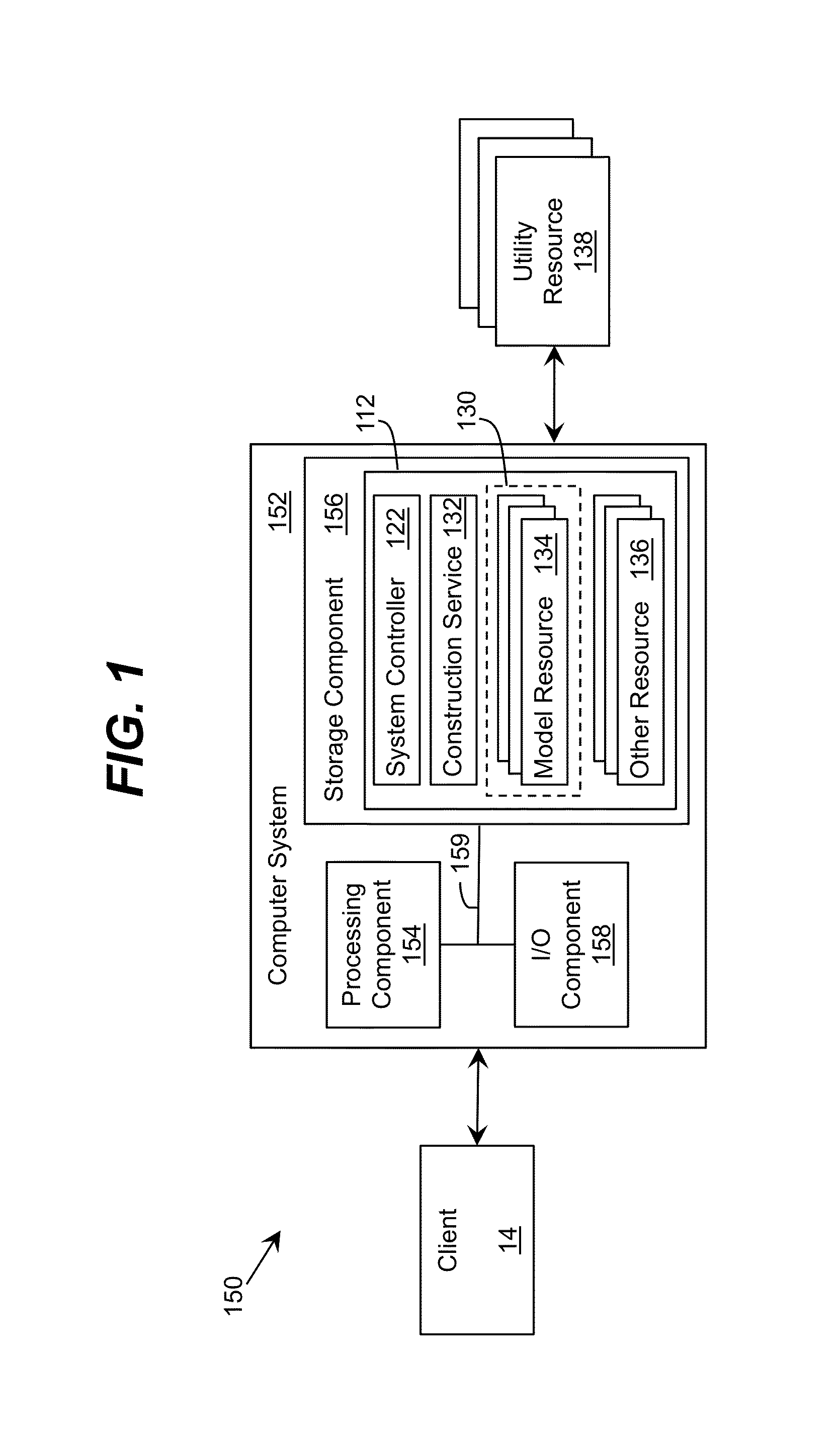Declarative software application meta-model and system for self-modification
a software application and meta-model technology, applied in the field of model development and use, can solve the problems of not being able to modify the model directly by people, making variance and change ‘expensive', and not being able to adapt to the environmen
- Summary
- Abstract
- Description
- Claims
- Application Information
AI Technical Summary
Benefits of technology
Problems solved by technology
Method used
Image
Examples
Embodiment Construction
[0026]As used herein, unless otherwise noted, the term “set” means one or more (i.e., at least one) and the phrase “any solution” means any now known or later developed solution.
[0027]The inventors recognize that the conventional software application model does not support the desired business agility. The inventors propose that structure, including the structure of a software application or an Enterprise IT systems infrastructure, should flexibly support a range of structures fit for business purposes, as well as support overall change. By conflating a model with its implementation, the conventional software application model creates accidental complexity resulting in impedance within the enterprise information system infrastructure. The act of solution development is generally not supportive of application lifecycle management post solution delivery, thereby addressing a short-term business problem while creating a long-running problem for the business as it relates to evolving th...
PUM
 Login to View More
Login to View More Abstract
Description
Claims
Application Information
 Login to View More
Login to View More - R&D
- Intellectual Property
- Life Sciences
- Materials
- Tech Scout
- Unparalleled Data Quality
- Higher Quality Content
- 60% Fewer Hallucinations
Browse by: Latest US Patents, China's latest patents, Technical Efficacy Thesaurus, Application Domain, Technology Topic, Popular Technical Reports.
© 2025 PatSnap. All rights reserved.Legal|Privacy policy|Modern Slavery Act Transparency Statement|Sitemap|About US| Contact US: help@patsnap.com



